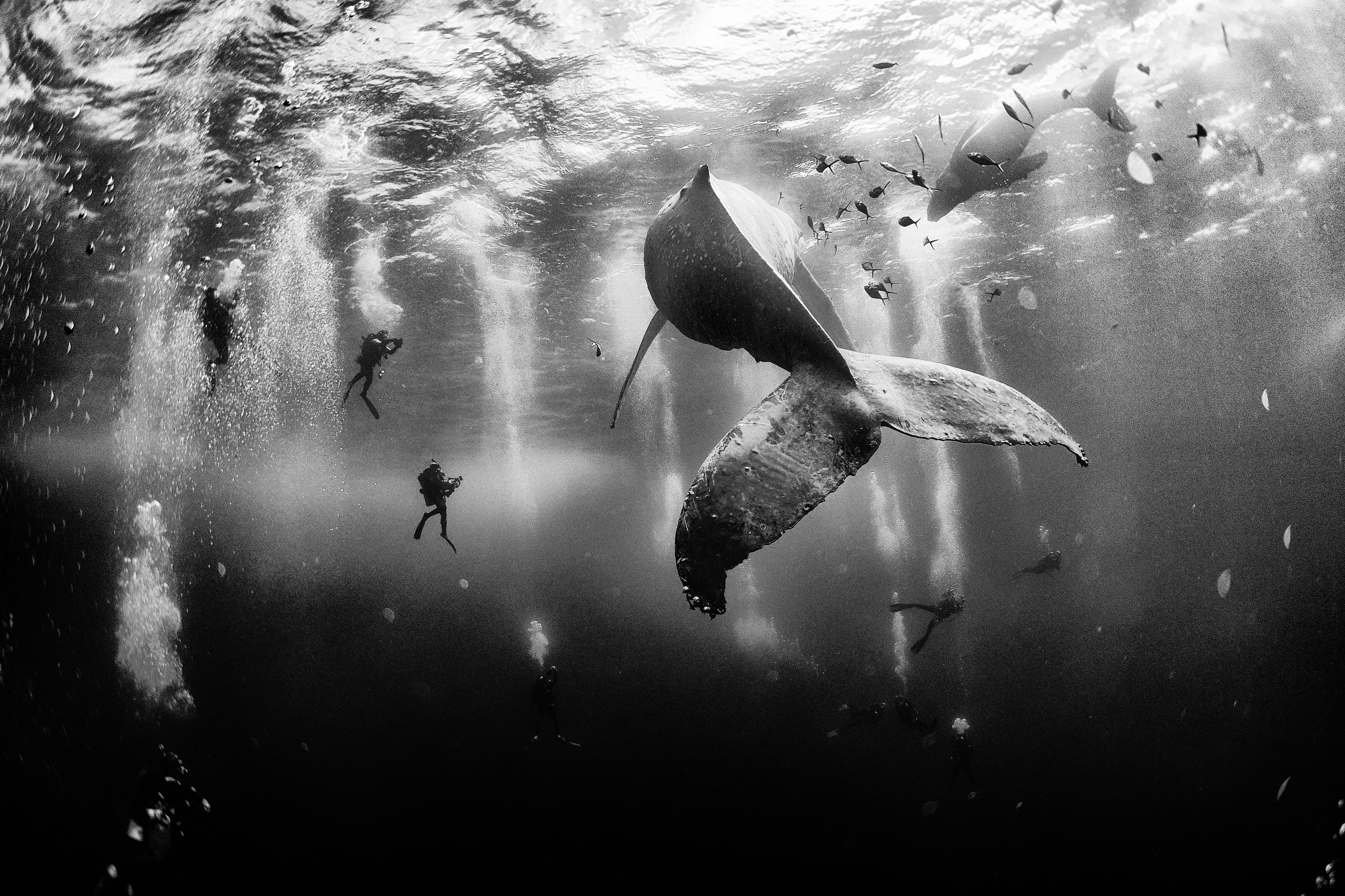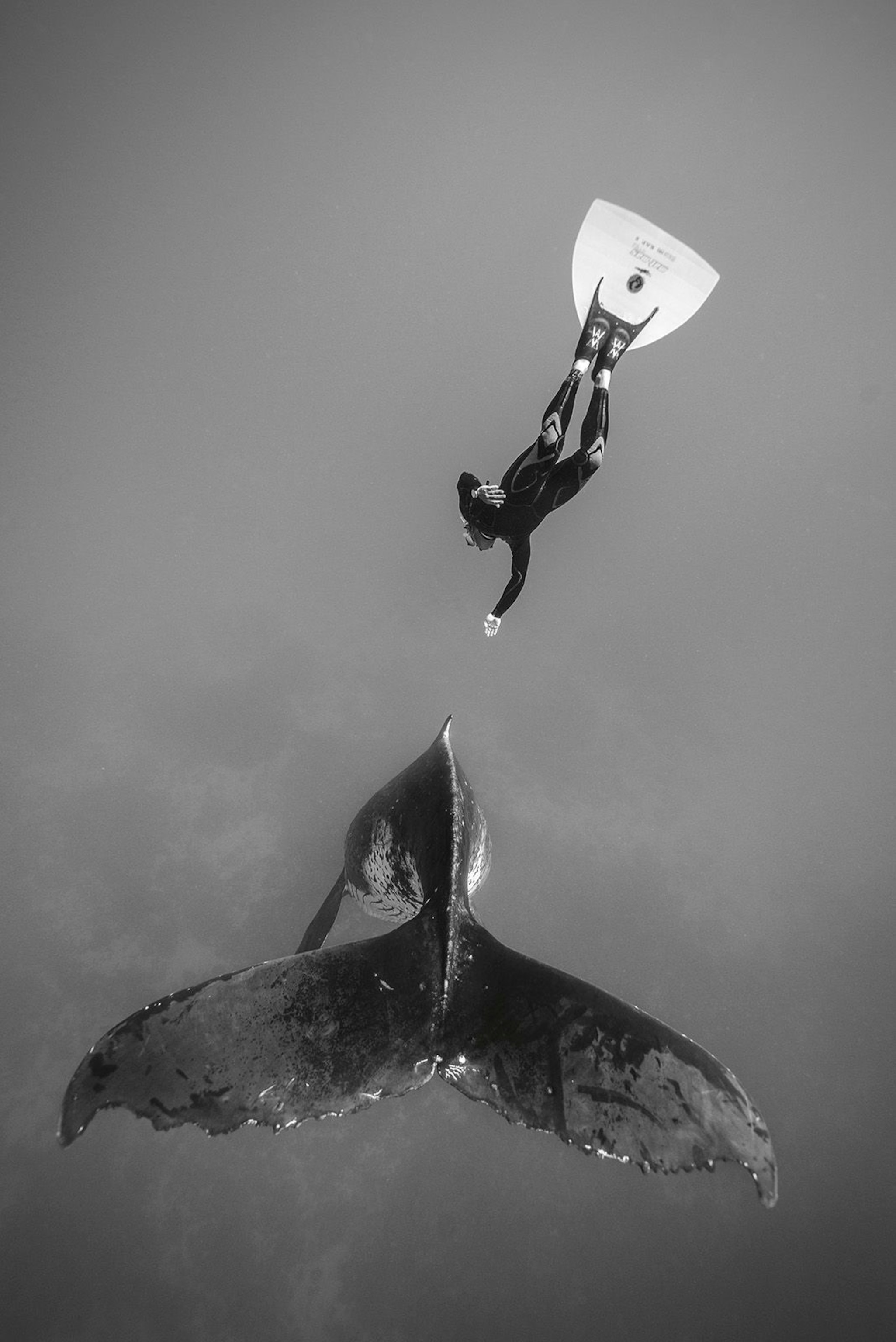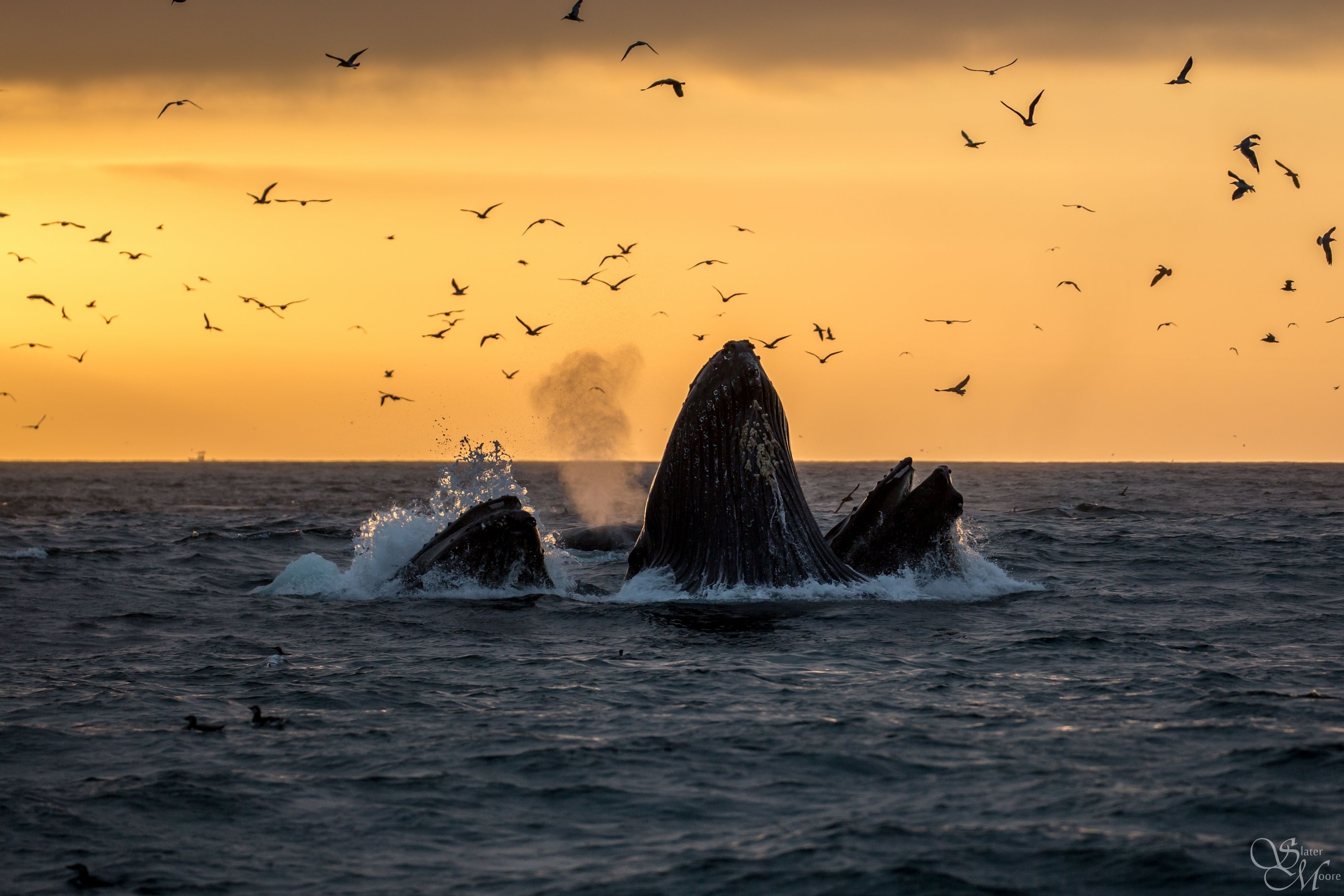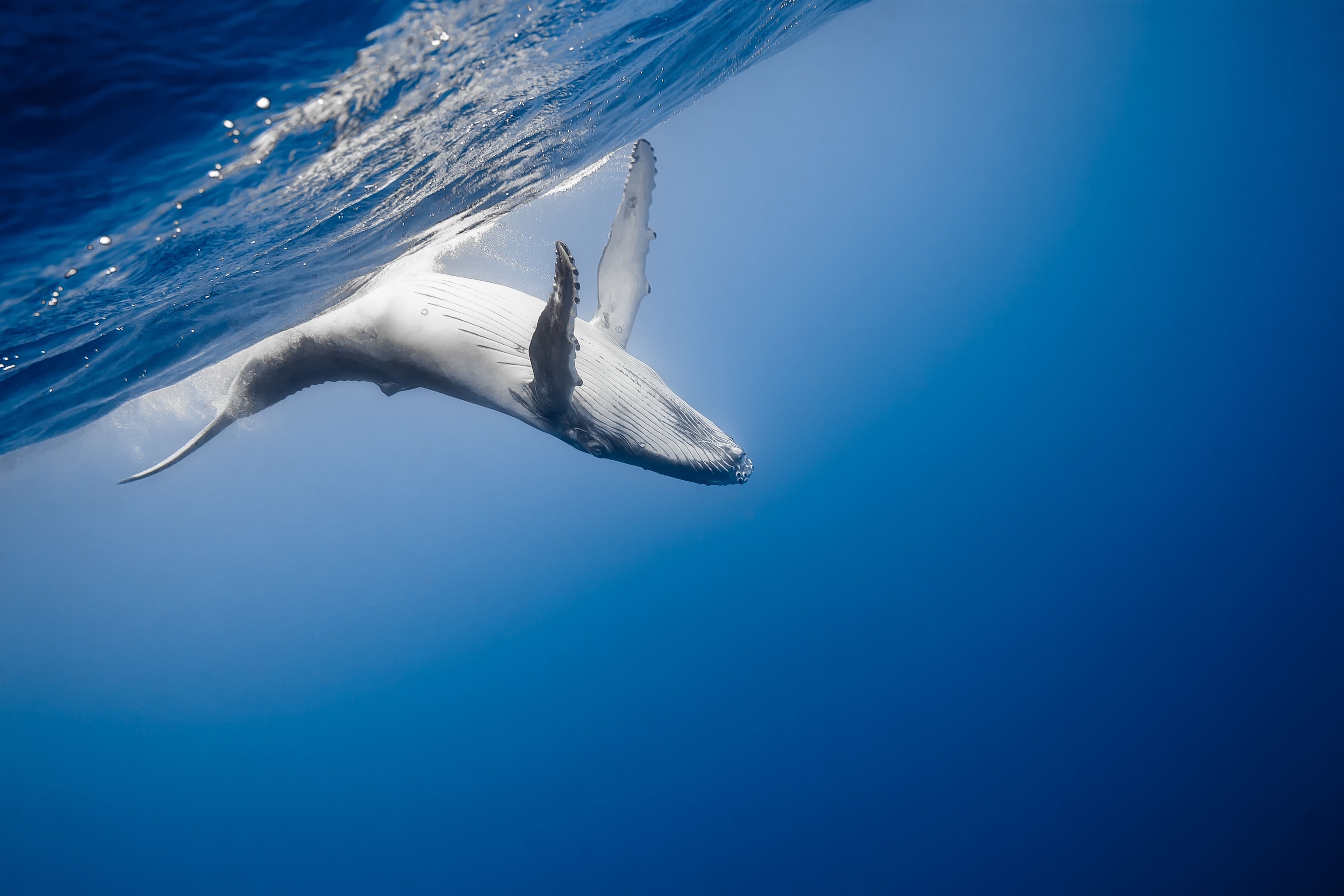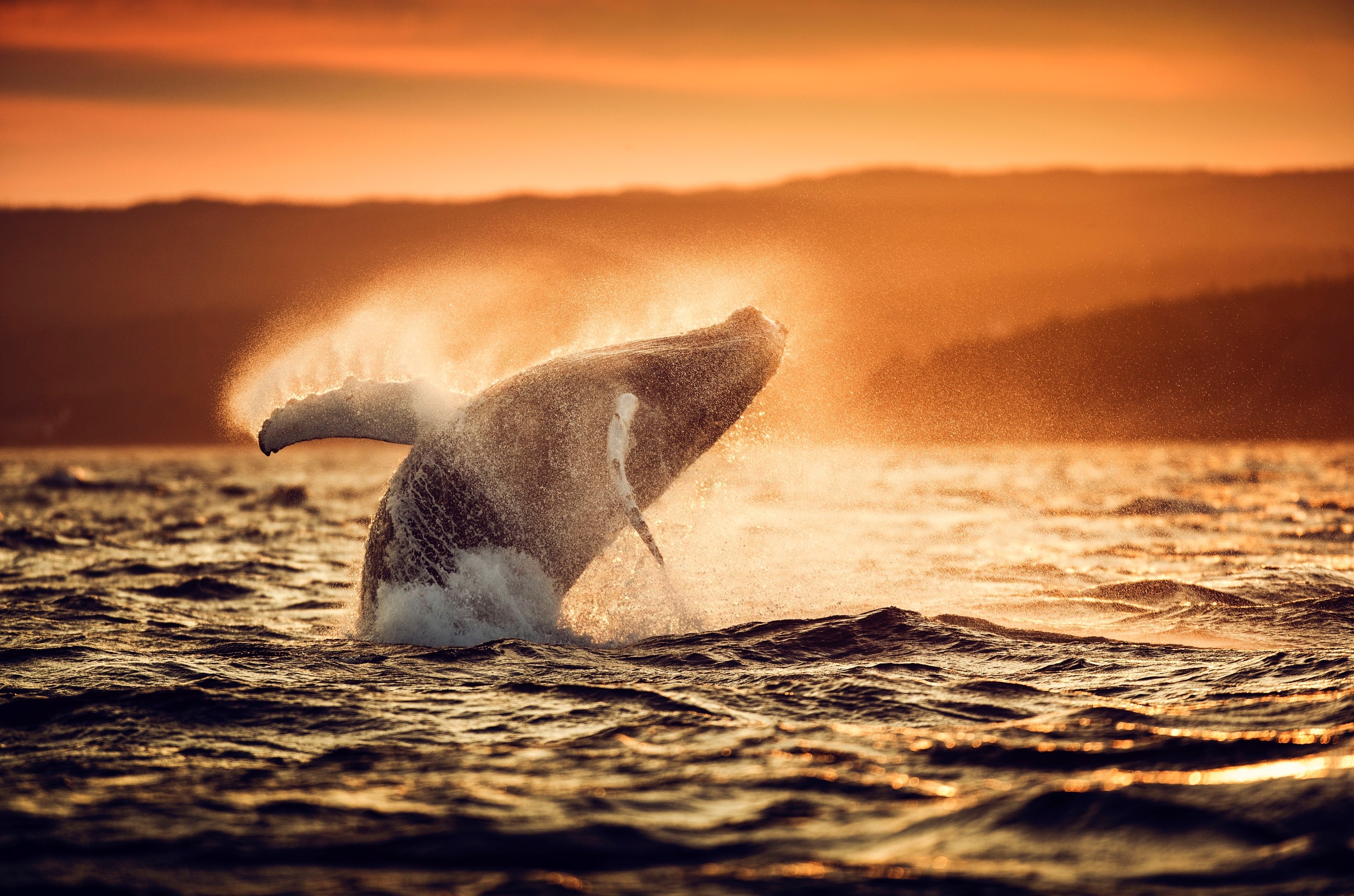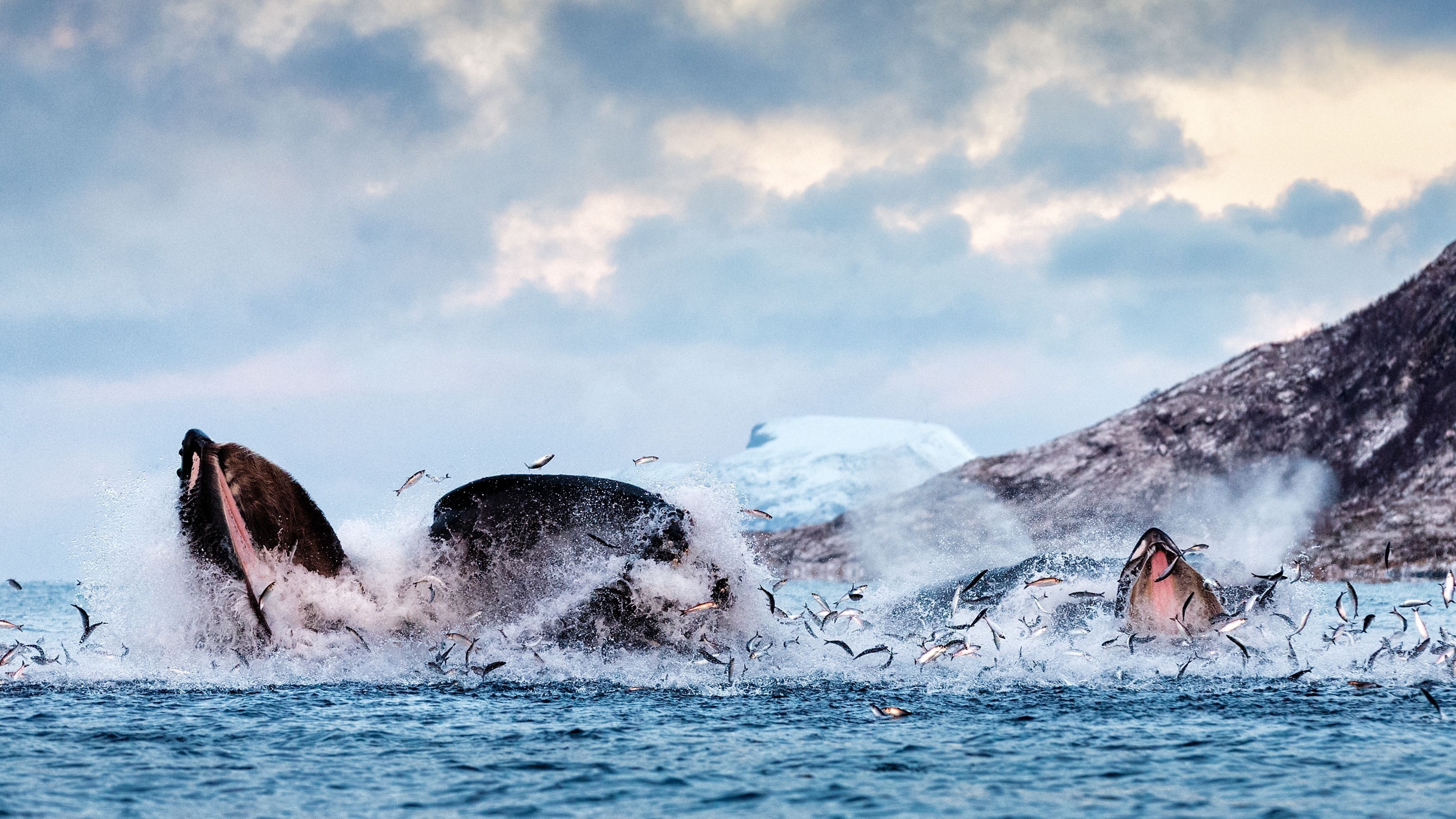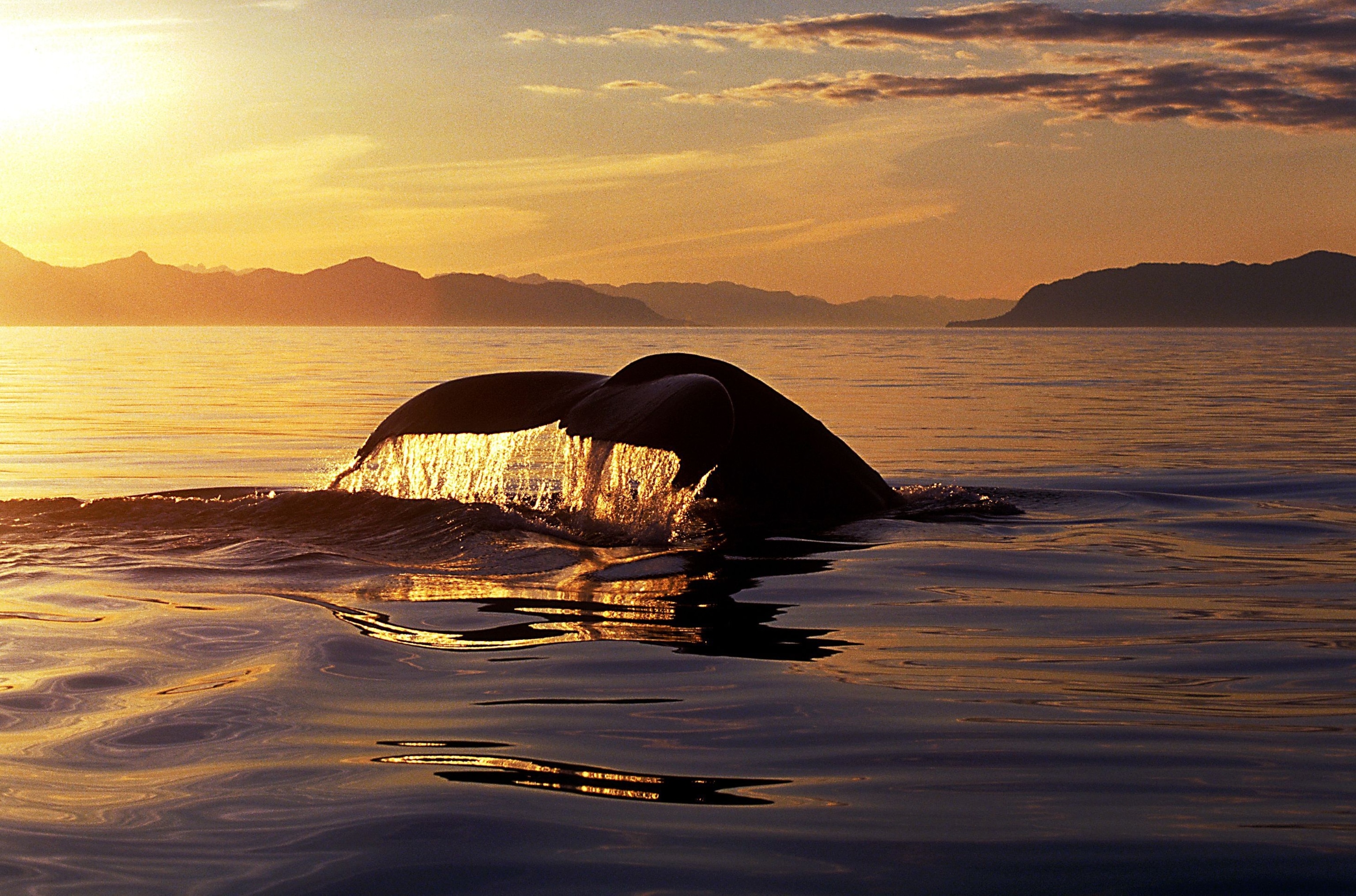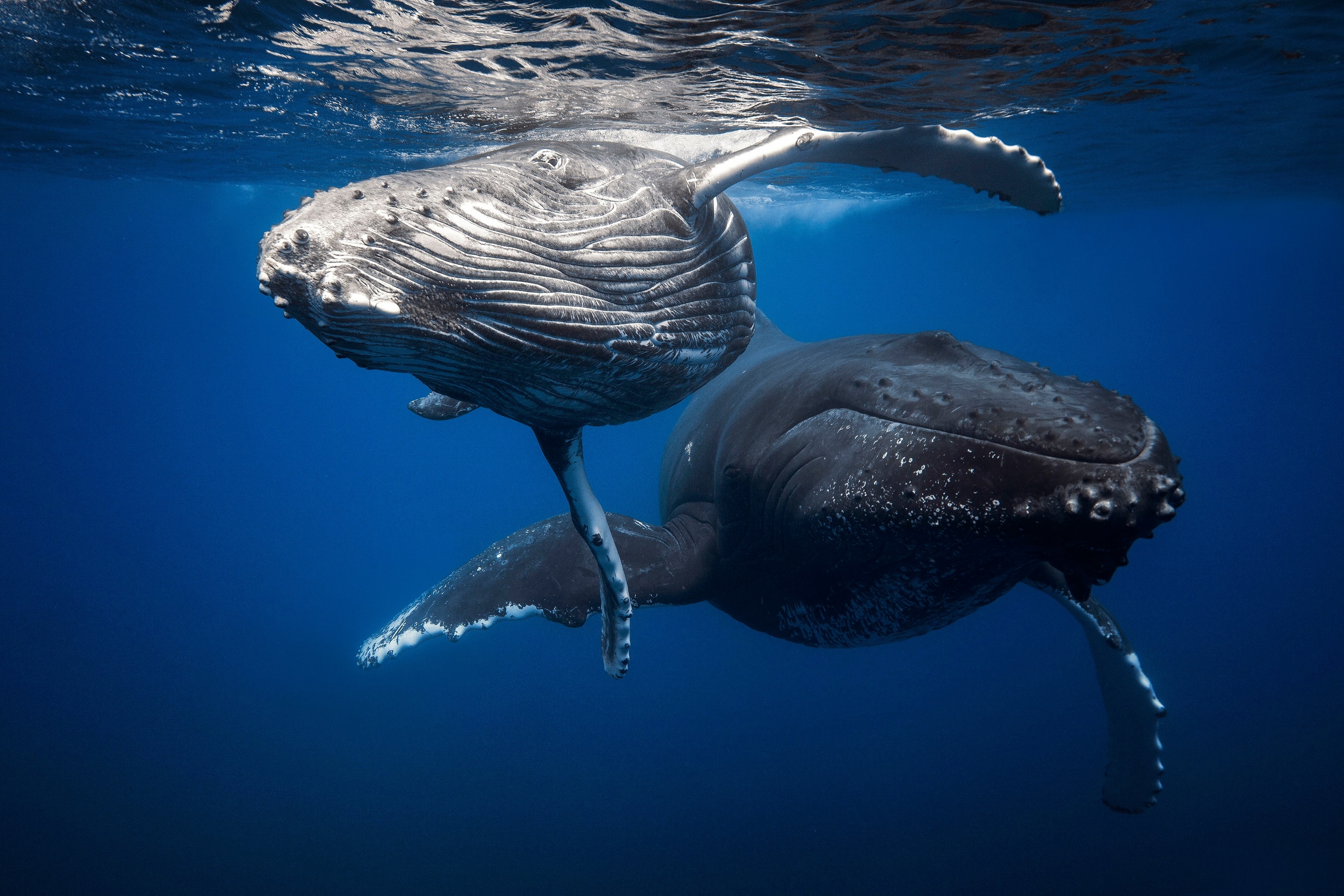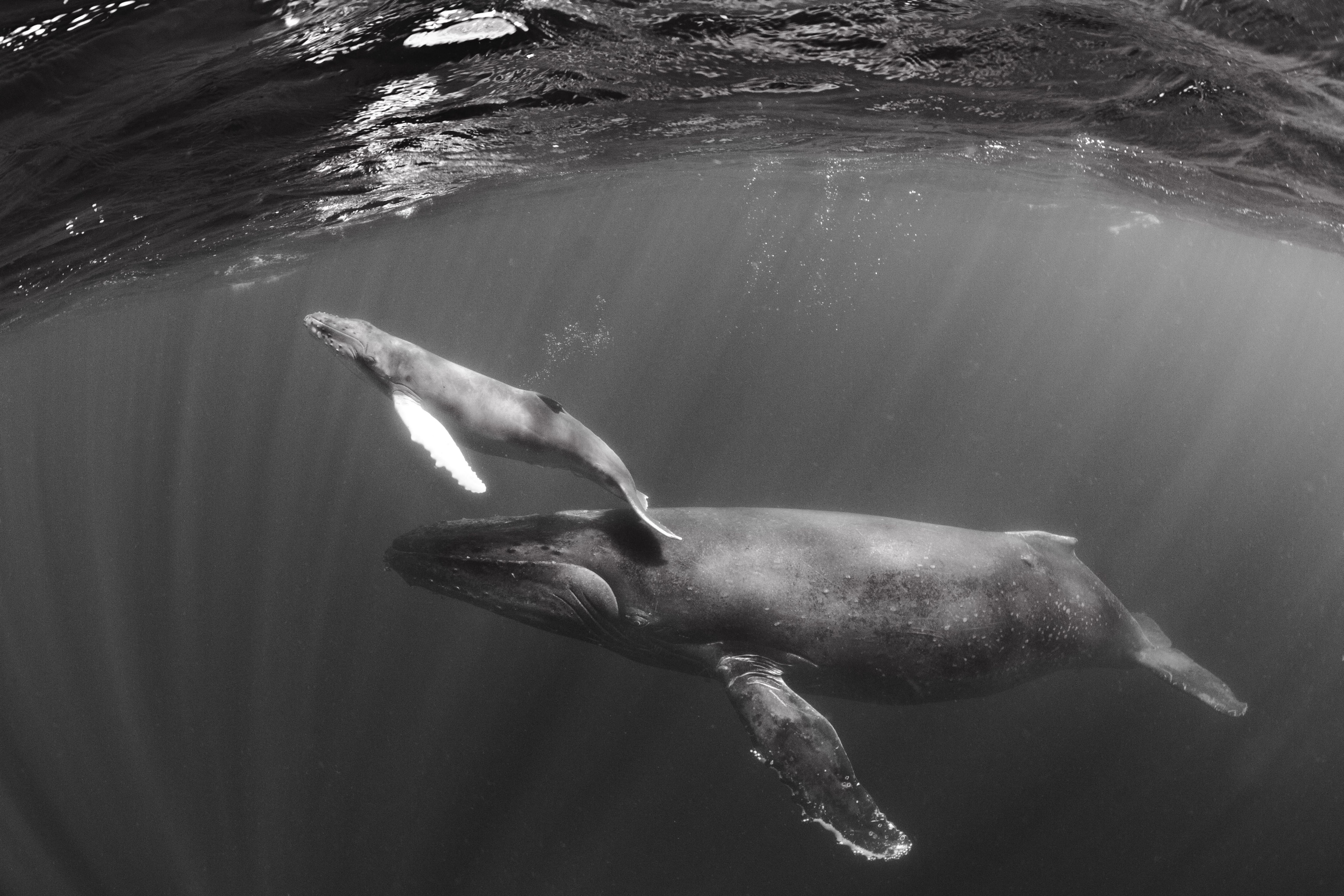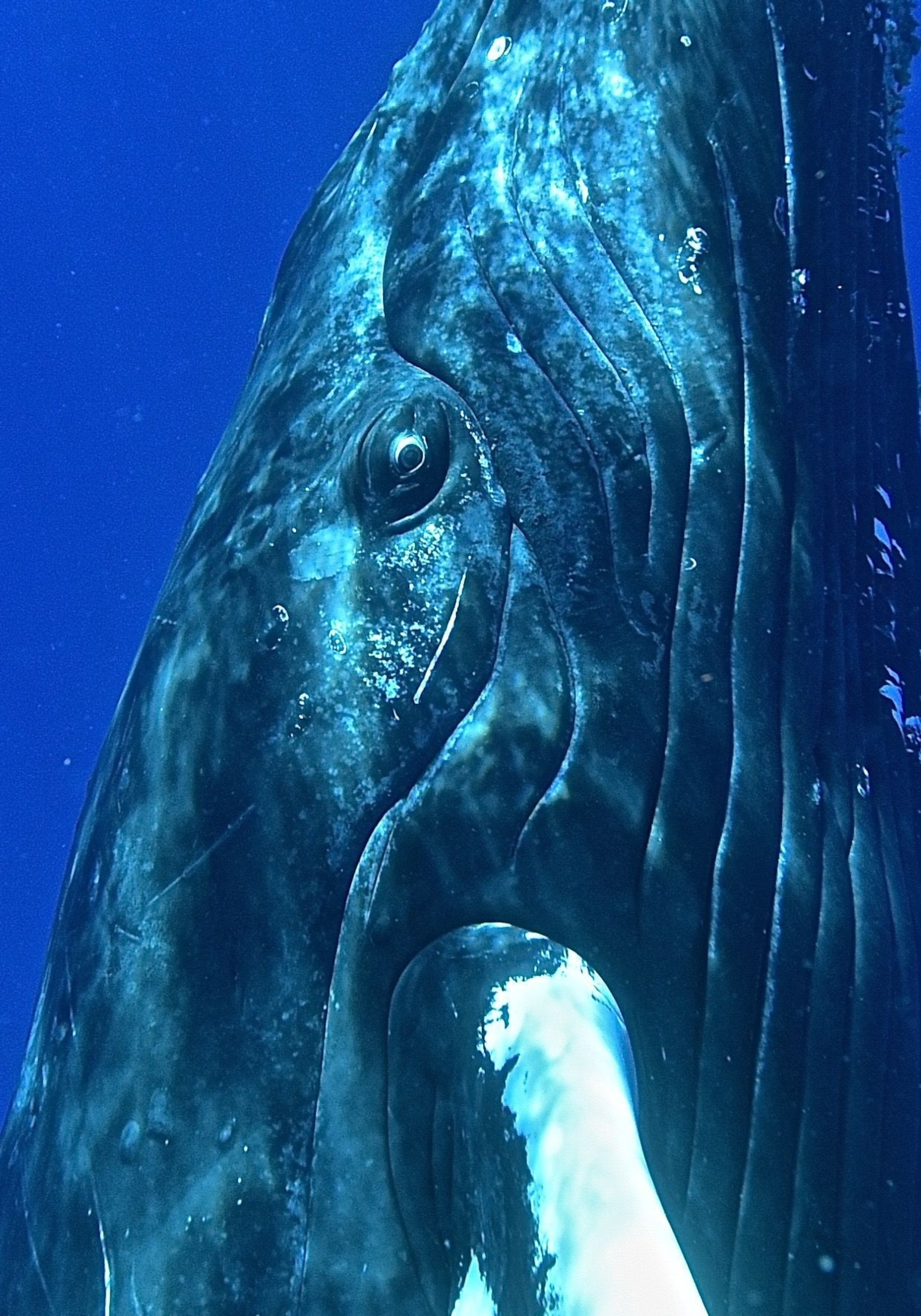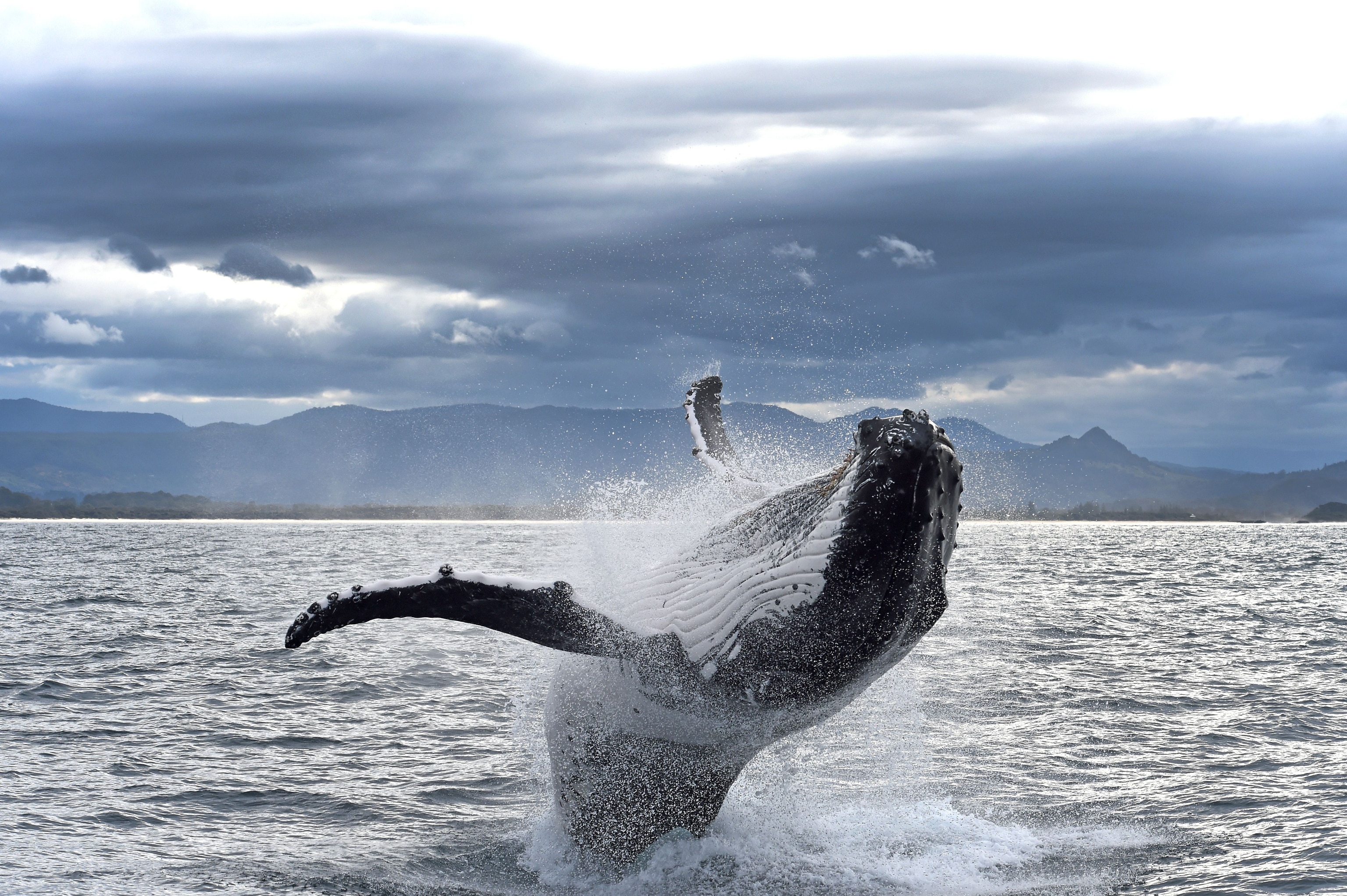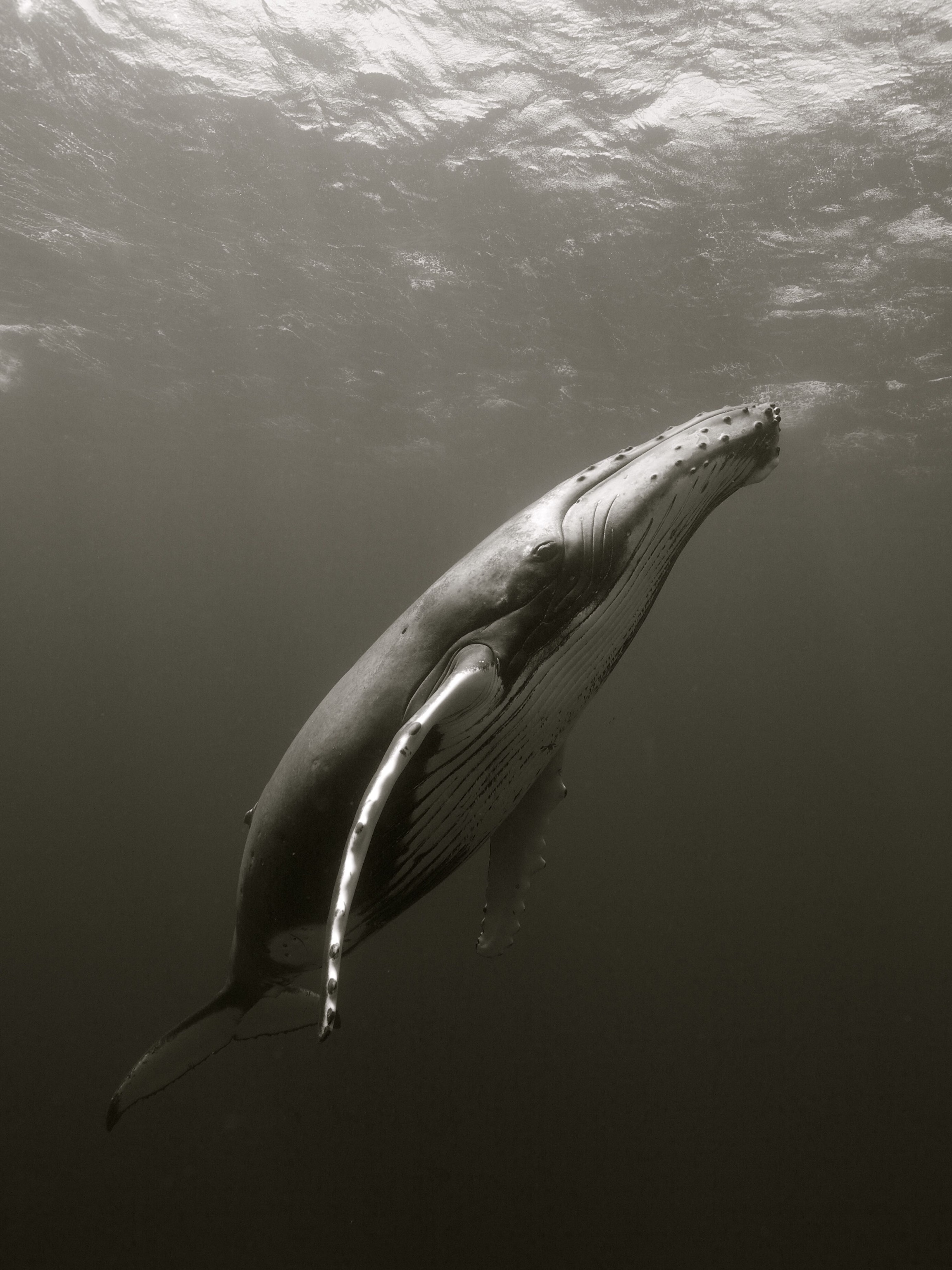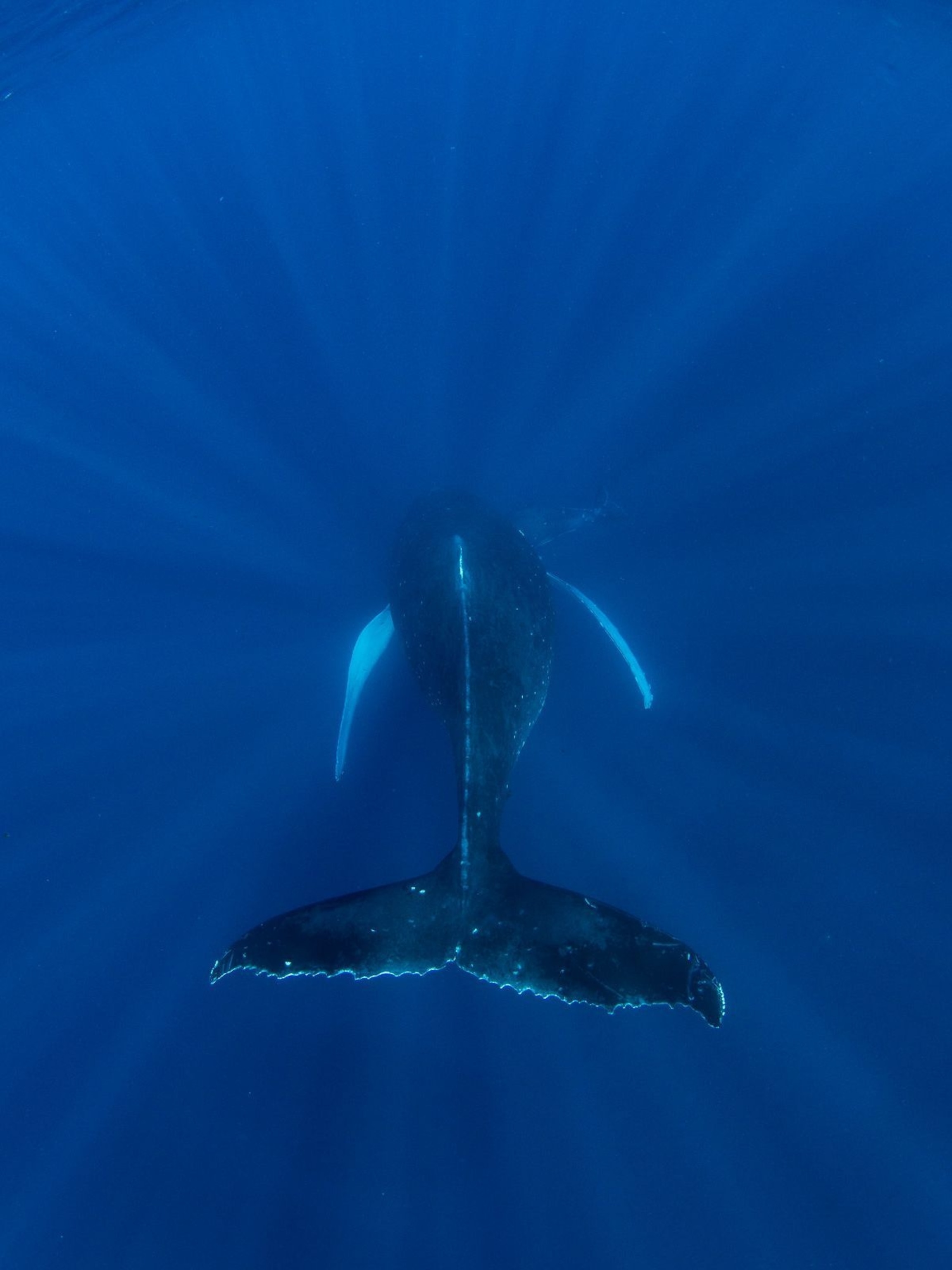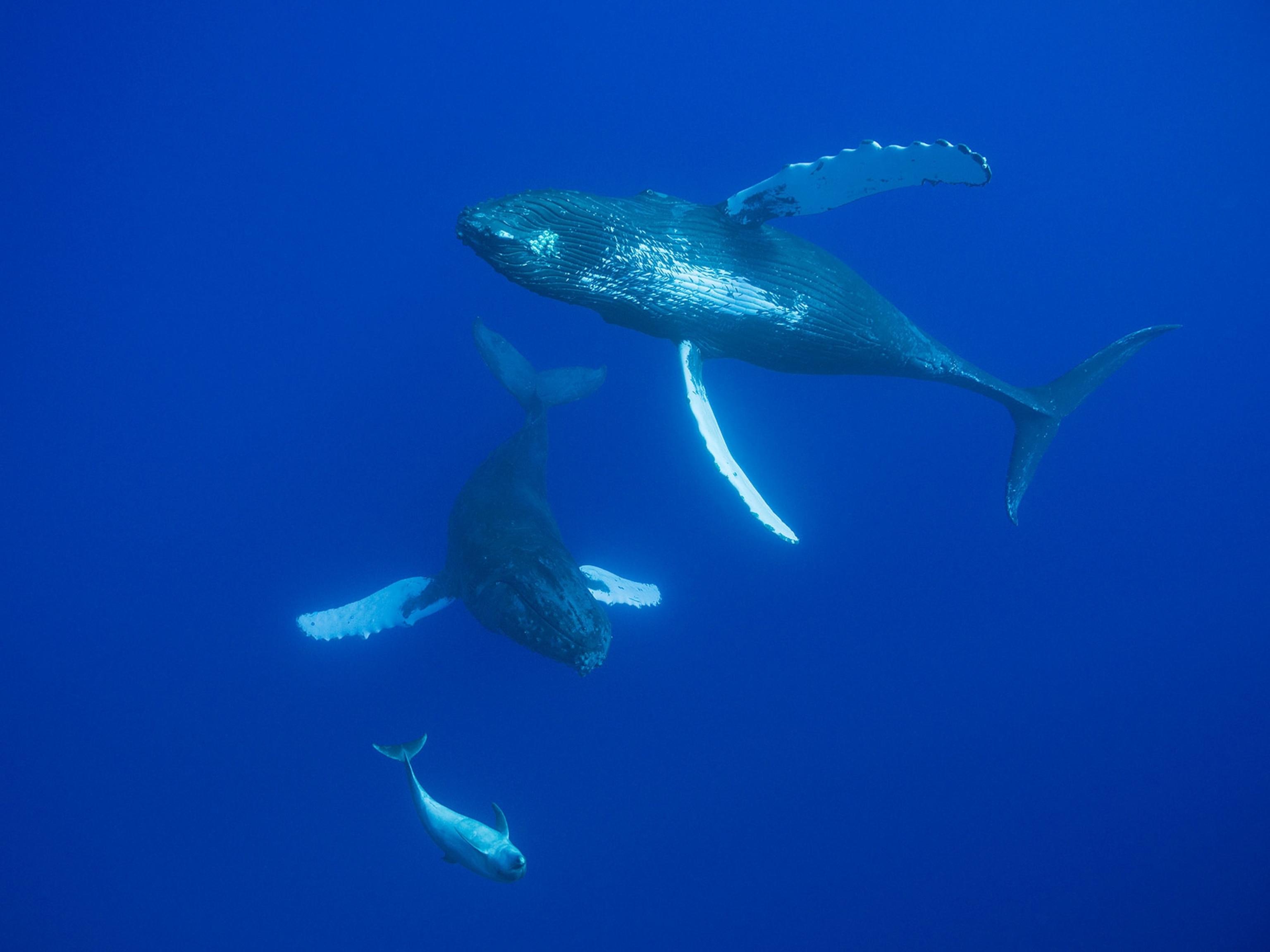The Rare Beauty of Dozens of Migrating Humpback Whales
See footage of a pod of humpback whales as they migrate past South Africa
In this video, a pod of humpback whales can be seen migrating past South Africa to the warmer waters of Australia for breeding and calving.
Humpback whales, once highly endangered but now recuperating, live in pods and migrate from their colder summer feeding grounds to warmer, protected waters for the winter.
The adult whales feed on krill in polar regions during the summer, but do not eat throughout the winter when they are migrating, calving, and breeding—instead subsisting on their fat stores, known as blubber.
Migration can cover 6,000 miles. Most humpback whales in the Northern Hemisphere migrate to Hawaii, and populations from the Southern Hemisphere travel to eastern Australia.
In the warm, shallow waters, females give birth and males compete for their attention, often swimming alongside female whales and their calves as escorts.
Whales generally stay in pods of two to three (female, calf, and escort), but can be seen in larger groups in breeding areas when males congregate to compete for females—called a “competition pod.”
Each individual whale has a tail, or fluke, as unique as a fingerprint. No two flukes are alike, which makes the whales easy to track.
Humpbacks can often be seen breaching, or propelling themselves out of the water, with their powerful flukes. This is thought to serve the purpose of knocking parasites off of their skin. The whales are known for having ride-alongs: They are called humpbacks because of the barnacles frequently seen attached to their skin.
Male humpback whales create new songs every season, and entire areas pick up on the them—meaning there may be tens of thousands of humpbacks singing the same sequences of notes.
